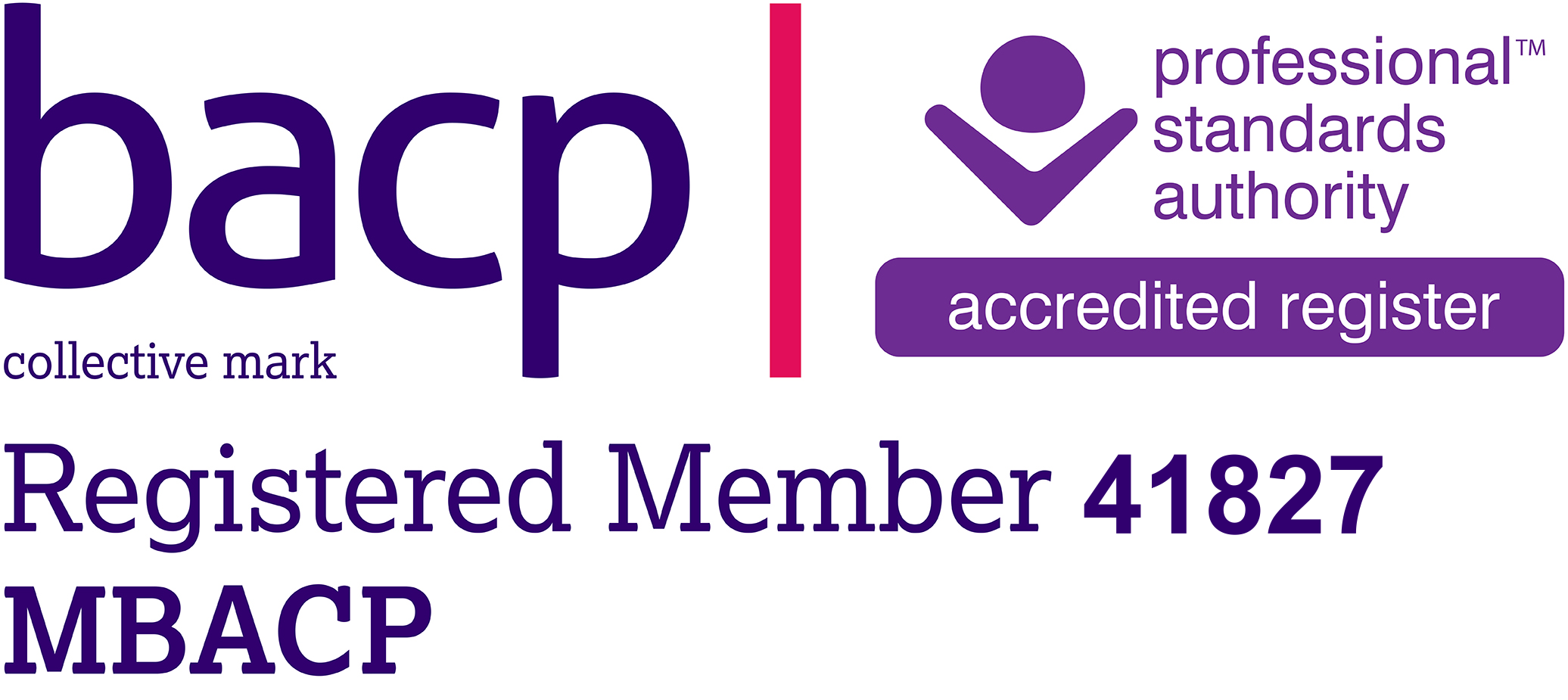Solution Focused Brief Therapy (SFBT), also known as Solution-Focused Therapy, was developed in the 1980s US by Steve de Shazer and Insoo Kim Berg. It acknowledges present problems and past causes but focuses on exploring your current resources and future hopes – helping you look forward and use your own strengths to achieve your goals.
It is based on seven basic philosophies and assumptions which are:
- Change is both constant and certain
- Emphasis on what is changeable and possible
- Clients must want to change
- Clients are the experts and outline their own goals
- Clients have resources and their own strengths to solve and overcome their problems
- Therapy is short-term
- Focus on the future – history is not essential
De Shazer’s major tenets were:
- If it ain’t broke, don’t fix it
- Once you know what works, do more of it
- If it doesn’t work, don’t do it again. Do something different
- Small steps can lead to big changes
- The solution is not necessarily related to the problem
- The language for solution development is different from that needed to describe a problem
- No problem happens all the time; there are always exceptions that can be utilized
- The future is both created and negotiable
 Although SFBT was designed for short term client work, I sometimes use it with longer term clients, too. If there’s a smaller issue getting in the way of us addressing the bigger stuff, this can be a good way for us to ‘clear the path’.
Although SFBT was designed for short term client work, I sometimes use it with longer term clients, too. If there’s a smaller issue getting in the way of us addressing the bigger stuff, this can be a good way for us to ‘clear the path’.
In some ways it’s a bit like some of the conversations I’ve had over the years by the coffee machine or water cooler when someone else has mentioned something that’s bothering them. Sometimes all it takes are a few well-targeted questions or observations to help someone else take a fresh look at an issue and find a different route through.
There’s a lot of crossover, too, between this approach and how I work using other models such as coaching, NLP and CBT.

